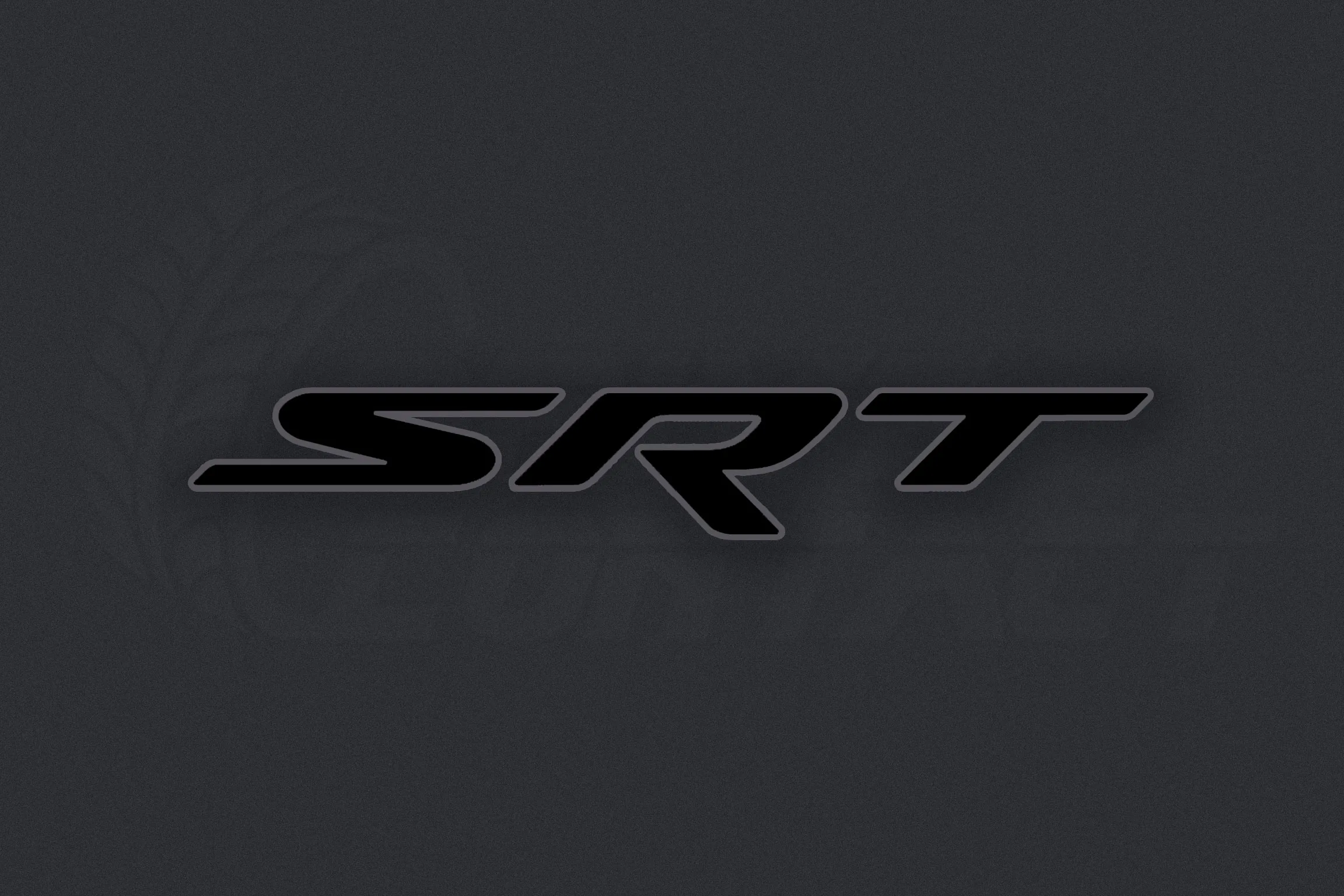The world of automotive modification is a vibrant and diverse landscape, driven by a universal desire to personalize, enhance, and reimagine the automobile. Far from a single hobby, it encompasses a wide spectrum of car modification types, each with its own philosophy, aesthetic, and cultural identity. Whether the goal is to achieve peak performance, create a rolling piece of art, or honor automotive history, there is a modification style to match every vision.

This guide provides a clear and concise overview of the primary car modification types, from foundational approaches like tuning and restomodding to the distinct subcultures that have emerged across the globe. We will explore the key characteristics that define these styles and examine the future trends shaping this dynamic industry.

Foundational Car Modification Types
At the heart of the custom car world are several core philosophies that define a builder’s primary goal. Understanding the distinction between tuning, customization, restomod, and pro-touring is essential to navigating the different car modification types.

Core Philosophies of Alteration
- Tuning: This is the art of optimizing a vehicle’s performance characteristics for a specific purpose, such as increased power, sharper handling, or better fuel economy. Modern tuning often involves software adjustments to the Engine Control Unit (ECU), known as remapping, as well as mechanical upgrades to the engine, suspension, and bodywork.

- Customization: This is the broadest of all car modification types, referring to any vehicle that has been altered from its factory state. The goal is self-expression, pushing a car’s styling and performance beyond the showroom floor to create something truly unique. Customization can range from simple wheel swaps to a complete, ground-up rebuild.

- Restomod: A portmanteau of “restoration” and “modification,” a restomod blends classic vehicle aesthetics with modern technology. The objective is to preserve the timeless look of a vintage car while upgrading its performance, safety, and comfort for contemporary use. This often includes modern engine swaps, disc brakes, and updated interiors. A growing trend is the EV restomod, which replaces the internal combustion engine with an electric powertrain.

- Pro-Touring: A more extreme, performance-oriented subset of the restomod, Pro-Touring focuses on modifying classic muscle cars to meet or exceed the handling and braking capabilities of modern supercars. These cars are built for function and are intended to be driven hard on racetracks and autocross courses, featuring heavily re-engineered suspension, race-spec brakes, and chassis stiffening.

Comparative Analysis of Core Modification Philosophies
| Philosophy | Primary Goal | Aesthetic Focus | Typical Base Vehicle | Key Technologies | Modification-to-Restoration Ratio |
| Tuning | Optimize performance, handling, or efficiency for a specific need. | Can be functional (aero) or purely cosmetic; often enhances existing lines. | Any modern or contemporary vehicle, especially Japanese and European imports. | ECU remapping, turbochargers, coil-over suspension, performance exhausts. | N/A (Enhancement of existing platform) |
| Restomod | Blend classic aesthetics with modern performance, comfort, and reliability for street use. | Preserve the original, timeless look of the classic vehicle. | Vintage/Classic cars, especially American muscle cars, trucks, and SUVs from the 1950s-80s. | Modern V8 engine swaps, disc brakes, A/C, modern interiors, EV conversions. | High Restoration, Moderate Modification. |
| Pro-Touring | Surpass modern supercar performance, especially in handling and braking, for track and competition use. | Aggressive, race-ready appearance derived from functional components (wide tires, low stance). | Classic American muscle/pony cars (e.g., Camaro, Mustang) from 1964-1972. | Fully custom chassis, re-engineered suspension geometry, race-spec brakes, roll cages. | Moderate Restoration, High Modification. |
A Global Taxonomy of Custom Car Cultures
Around the world, distinct subcultures have developed, each representing a unique car modification type. These styles are powerful forms of cultural expression, communicating identity, history, and artistic vision.

Major Custom Car Subcultures
| Style/Subculture | Region of Origin | Defining Aesthetic | Key Modifications | Cultural Context |
| Hot Rod | Southern California, USA | Stripped-down, minimalist, aggressive stance | Weight reduction, powerful V8 engine swaps, chopped roofs. | Post-WWII rebellion, DIY ethos, pursuit of raw speed and performance. |
| Rat Rod | USA | Deliberately worn, unfinished, rusty, “junkyard” look | Patina, repurposed non-auto parts, chopped/channeled bodies, exposed engines. | Counter-culture reaction to high-cost, perfect show cars; values creativity and anti-restoration. |
| Lowrider | Southern California, USA | “Low and Slow,” ornate, rolling artwork | Hydraulic/air suspension, candy paint, murals, velvet interiors, wire wheels.26 | Chicano cultural identity, resistance to mainstream car culture, community and family pride.26 |
| Donk/Hi-Riser | Southern USA | Extreme lift, massive wheels, flashy presence | Suspension lifts, oversized wheels (20″-30″+), candy paint, powerful audio systems. | Dirty South hip-hop culture, expression of extravagance and presence. |
| Slab | Houston, TX, USA | “Slow, Loud, And Bangin’,” unique protrusions | “Swangas” (elbow rims), candy paint, fifth wheel on trunk, neon trunk displays. | Houston “chopped-and-screwed” hip-hop culture, community identity, rolling art. |
| VIP (Bippu) | Japan | Opulent aggression, low and wide stance, luxury focus | Extreme lowering, large multi-piece wheels, subtle body kits, lavish interiors. | Linked to Yakuza lore; a display of status and refined aggression, not track speed. |
| Bōsōzoku/Kaido Racer | Japan | Theatrical, cartoonish, rebellious | Extreme aero (splitters, wings), “takeyari” (skyward) exhausts, flashy paint. | Outlaw biker gang origins, defiance of social norms, inspired by silhouette race cars. |
| Itasha | Japan | Rolling canvas for anime/manga art | Full-color vinyl wraps depicting fictional characters from Japanese pop culture. | Public expression of “otaku” (passionate fan) culture; the car as a tribute. |
| Euro Style | Europe/Global | Clean, minimalist, OEM+ (factory-plus) look | Subtle lowering, high-quality wheels, shaved body panels, OEM part upgrades. | “Less is more” philosophy; enhances original design lines rather than obscuring them. |
| Stance | Global | Extreme lowering, aggressive wheel fitment, negative camber | Coilovers or air suspension, stretched tires, extreme negative camber angles. | Aesthetics over performance; achieving the perfect “fitment” is the primary goal. |
American Modification Styles
The United States is the birthplace of many iconic car modification types, from the speed-obsessed Hot Rods to the rolling art of Lowriders.
- Hot Rods & Street Rods: The original American custom car, the Hot Rod, was born on the dry lake beds of Southern California. The philosophy is simple: strip a car down, “soup up” the engine, and make it go faster. Street Rods are a more civilized evolution, built with modern comforts for regular driving.

- Rat Rods: A direct rebellion against high-dollar show cars, Rat Rods embrace an intentionally unfinished, rusty, and worn-down aesthetic. They celebrate a DIY ethos, often using repurposed parts to create a unique and gritty look.

- Lowriders: Emerging from Chicano communities, Lowriders are a statement of cultural identity, defined by the motto “Low and Slow”. These cars are rolling artworks, featuring intricate candy paint jobs, murals, and iconic hydraulic or air suspension systems that allow them to “hop” and “dance”.

- Donk / Hi-Risers: Characterized by extreme suspension lifts and massive wheels (often 30 inches or more), the Donk style originated in the Southern US hip-hop scene.29 The goal is extravagant presence, often applied to 1971-1976 Chevrolet Impalas and Caprices.

- Slab Culture: Unique to Houston, Texas, a “Slab” is “Slow, Loud, And Bangin’”. Tied to the local chopped-and-screwed music scene, Slabs are defined by candy paint, powerful stereos, and their most critical feature: “swangas” or “elbow” rims that poke out dramatically from the car.

The JDM (Japanese Domestic Market) Influence
Japan has contributed some of the most visually distinct and influential car modification types to the global scene.
- VIP Style (Bippu): This style focuses on large, Japanese luxury sedans, modifying them to be extremely low and wide for an aesthetic of “opulent aggression”. With historical links to the Yakuza, VIP builds prioritize a commanding road presence with lavish interiors, large multi-piece wheels, and subtle body kits.

- Bōsōzoku / Kaido Racers: With origins in outlaw biker gangs, Bōsōzoku is a style of rebellion and theatricality. Inspired by 1970s race cars, the look is exaggerated to absurd proportions, featuring massive front splitters, towering rear wings, and skyward-pointing “takeyari” exhausts.

- Itasha: Literally meaning “painful car,” Itasha involves decorating a vehicle with large, vibrant vinyl wraps of characters from anime, manga, and video games. It is a public and unapologetic expression of “otaku” (passionate fan) culture, turning the car into a mobile tribute.

European and Global Styles
European sensibilities and modern global trends have also created distinct car modification types.
- Euro Style: Centered on European vehicles like Volkswagen and BMW, this style follows a “clean” or “OEM+” philosophy. Modifications are subtle and aim to enhance the car’s original design lines, using high-quality wheels, modest lowering, and shaved body panels for a minimalist look.

- Stance: A global trend where aesthetics take priority over performance, the Stance scene is singularly focused on achieving the perfect “fitment”. This involves lowering a car as much as possible and using aggressive wheel setups with stretched tires and extreme negative camber to tuck the wheel perfectly into the fender.

The Future of Car Modification Types
The world of car modification is constantly evolving, with new technologies and cultural shifts creating new possibilities and redefining classic styles.
- The Electric Frontier: The rise of electric vehicles (EVs) is creating a new aftermarket, with tuners modifying Teslas and other models for performance and style. The EV conversion restomod is also gaining popularity, where classic cars are retrofitted with electric motors and batteries, blending vintage aesthetics with silent, instant torque.

- Digital Design and Fabrication: Technologies like 3D printing are revolutionizing how custom parts are made, allowing for the rapid creation of unique components that were once too complex or expensive to produce. Augmented Reality (AR) and Artificial Intelligence (AI) are also changing the design process, allowing enthusiasts to visualize modifications on their car in real-time before committing to them.

- Sustainable Modification: A growing eco-consciousness is leading to a new car modification type focused on sustainability. This includes using lightweight materials like carbon fiber to improve efficiency, incorporating recycled and biodegradable components, and optimizing engines for better fuel economy and lower emissions.
Car Modification: A World of Personal Expression
The vast array of car modification types showcases a global culture of creativity, engineering, and self-expression. From the raw power of an American Hot Rod to the meticulous detail of a Japanese VIP build, each style tells a unique story.
As technology continues to advance, offering new tools like AI design and electric powertrains, the possibilities for personalization are endless.
Whether driven by a need for speed, a passion for art, or a love for classic design, the impulse to modify and improve will continue to push the boundaries of automotive culture for generations to come.




